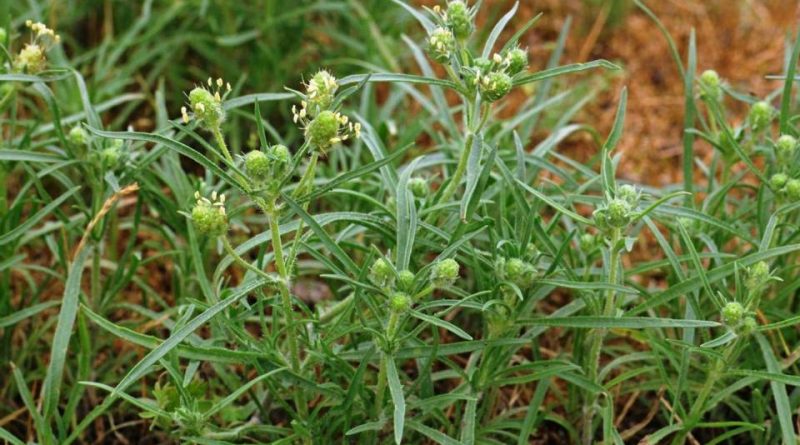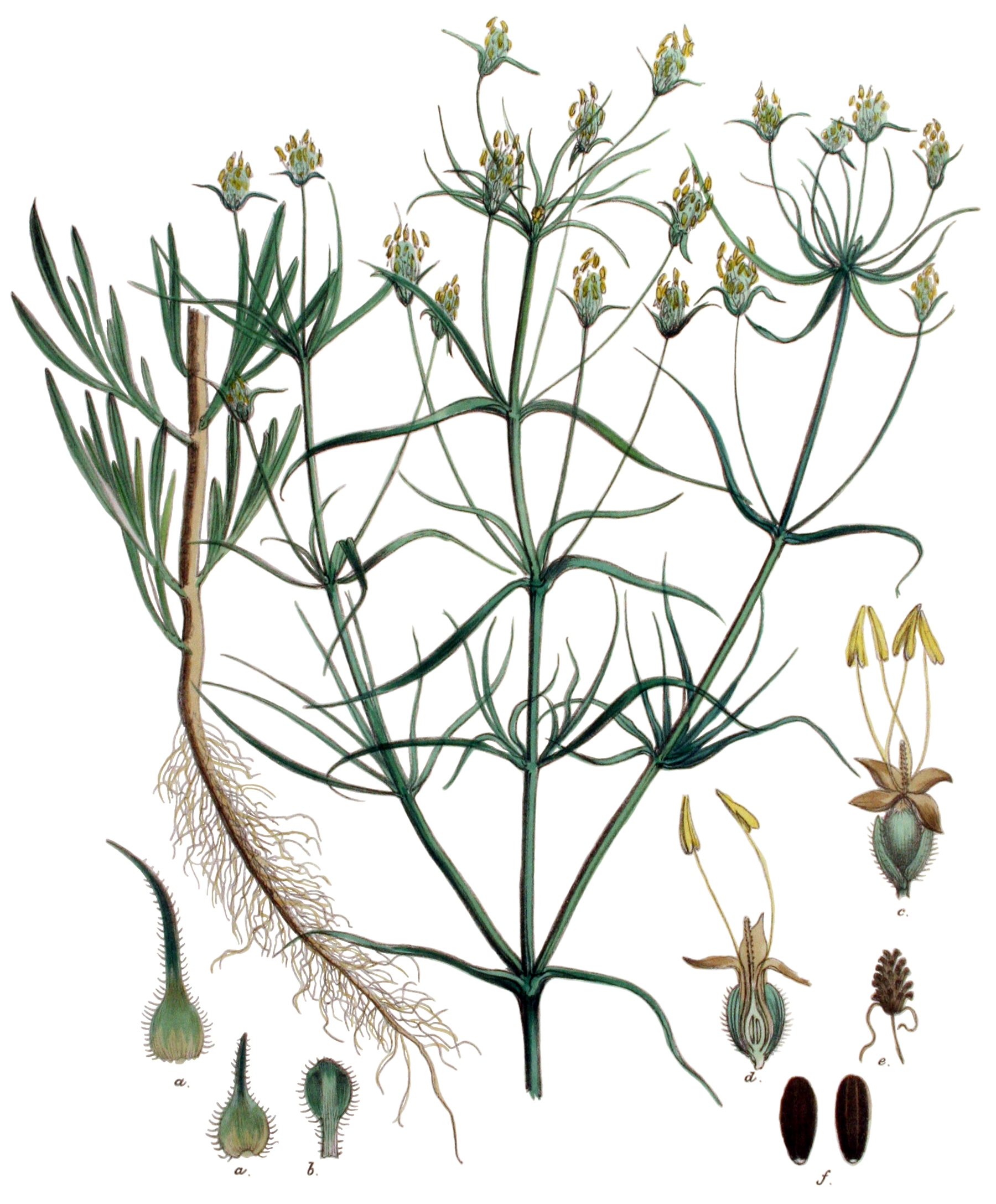Plantago indica
Plantago indica
The Branched Plantain or French Psyllium (Plantago indica L.) is a herbaceous species belonging to the Plantaginaceae family.
Systematics –
From a systematic point of view it belongs to:
Eukaryota Domain,
Kingdom Plantae,
Subarign Tracheobionta,
Spermatophyta superdivision,
Magnoliophyta Division,
Magnoliopsida class,
Subclass Asteridae,
Lamiales Order,
Plantaginaceae family,
Genus Plantago,
Species P. indica.
The terms are synonymous:
– Plantago agrestis Salzm. ex Steud .;
– Plantago arenaria Waldst. & Kit .;
– Plantago cynopsidea Schult .;
– Plantago eriocarpa Viv. ex Coss .;
– Plantago garganica Decne .;
– Plantago pseudopsyllium Desf .;
– Plantago psyllia St.-Lag .;
– Plantago psyllium L .;
– Plantago ramosa (Gilib.) Asch .;
– Plantago sicula C. Presl;
– Plantago stricta Boutelou ex Willk. & Lange;
– Psyllium afrum Mirb .;
– Psyllium annuum Mirb .;
– Psyllium annuum Thuill .;
– Psyllium arenarium (Waldst. & Kit.) Mirb .;
– Psyllium erectum Dum.Cours .;
– Psyllium indicum (L.) Mirb .;
– Psyllium indicum subsp. oriental Soják;
– Psyllium parviflorum Mirb .;
– Psyllium ramosum Gilib .;
– Psyllium scabrum (Moench) Holub;
– Psyllium scabrum subsp. oriental (Soó) Holub ..
Etymology –
The term Plantago comes from plánta sole of the foot: similar to the sole of the foot, referring to the size of the leaves of the greater plantain.
The specific epithet indica means from India or the Indies but it is an improper epithet as a species with an area of origin not directly centered in India.
Geographic Distribution and Habitat –
Plantago indica is a plant originating from a not very definitive range that includes North Africa, southwestern China, Europe with reference to Russia and then through Kazakhstan, Kyrgyzstan and Tajikistan.
The plant has also been widely naturalized in areas of Australia, North America, India, Japan and Pakistan.
Its habitat is that of sandy areas (hence the synonym of Plantago arenaria) as in arid deserts and sandy beaches, and it has also been seen distributed along roadsides and railway tracks and in steppe areas.
Description –
The Branched Plantain is an annual herbaceous plant that reaches a height ranging from 5 to 35 cm.
It has a rhizome from which secondary roots branch off.
It has an area part with an erect stem, with hairy and more or less glandular axillary branches.
The leaves are rooted at the nodes, have an opposite arrangement, spaced apart and form a leafy stem. They have an entire, flat lamina with strictly linear-lanceolate shapes attenuated towards the apex (the apexes are obtuse), with a size of a few mm in width and 35 – 70 mm in length.
The plant bears numerous spike-shaped inflorescences more or less ovoid (oval-elliptical) on elongated peduncles opposite the axils of the upper leaves. There are dimorphic bracts with lanceolate forms; the lower ones have an enlarged base (3 – 4 mm), have a membranous consistency and are surmounted (prolonged) by a linear herbaceous residue of 3 – 6 mm; the upper ones have oval to oblanceolate shapes and are 2.5 mm wide. the size of the inflorescence is 1 – 1.5 cm, with a peduncle length of 5 – 6 cm.
The flowers are hermaphroditic, actinomorphic, tetramers (4-cyclic), that is with four whorls (chalice – corolla – androecium – gynoecium) and tetramers (4-mer: the corolla and the chalice are more or less 4 parts).
The calyx is formed by 4 sepals is gamosepal and actinomorphic in the shape of a tube ending with 4 teeth (the terminal part of the four sepals) with an ovate shape (especially the anterior ones); the surface is hairless or ciliated. The sepals can be slightly joined 2 to 2. The dorsal ones are carinated (but they are not winged). The glass is also persistent. Length of sepals: 3.5 – 4 mm.
The corolla is made up of 4 petals, it is gamopetala and actinomorphic (actually the 5 petals have become 4 by fusion of the two upper petals). The consistency is membranous (or scariose) and has an elongated tube ending in 4 patent lobes. The color is white (or yellowish). Length of the corolla lobes: 1.8 – 2.2 mm.
The androecium has 4 didynamic and epipetal stamens (ie adnate within the corolla with an alternating arrangement with respect to the petals); their length exceeds that of the corolla. The filaments are colored brown. The anthers are large with two lodges with a weakly sagittate base (the pollen sacs are divergent) and longitudinal dehiscence. The color of the anthers is yellowish-white. The pollen grains are tricolporated. Size of the anthers: width 1.2; length 1.9 mm.
The gynoecium has an upper ovary formed by two welded carpels (bilocular ovary; but there can be from 1 to 4 niches). In each niche there is one or more ovules with axile placentation (if there is only one niche, then the placentation can be free, central or basal). The ova have only one integument and are tenuinucellated (with the nocella, the primordial stage of the ovum, reduced to a few cells). The stylus is single, filiform with a cylindrical or usually bilobed stigma (sometimes the stigma is feathery). The nectary disc is absent (pollination is mainly anemogamous).
The antesis is between May and July – September.
The fruit is a pyx with transverse dehiscence, glabrous of light brown color, of 3-4 x 2 mm, with 2 seeds of 2,5-3,5 x 0,7-1,2mm, subellipsoid, boat-shaped, channeled on the internal surface, shiny, brown in color.
Cultivation –
Plantago indica is a plant that is harvested in its natural state for local use as a source of food and medicines.
This plant grows in any moderately fertile soil but in a sunny position; moreover this species is cultivated in many areas for its seed, which is used, as mentioned, in medicine.
Propagation occurs by seed, with sowing to be carried out in spring in an unheated seedbed. Once the young seedlings have germinated, if already large enough to be handled, they should be placed in single pots and then transplanted at the beginning of summer.
It is possible to sow directly in the open field from mid to late spring if you have enough seeds.
Customs and Traditions –
The seeds of Plantago indica, as mentioned, are used for medical purposes as a laxative and are also used to treat irritable bowel syndrome (IBS) and diarrhea by extracting mucilage from the integument.
Seed mucilage has also been reported to reduce the risk of coronary heart disease.
Plantago indica is used in the food sector where both raw and cooked young leaves are used.
However, the predominant use is as a safe and effective laxative used for thousands of years in Western herbal medicine.
Both dried seeds and seed shells are emollient, emollient and purgative.
The seeds have a mucilaginous coating and swell up to several times their volume when immersed in water.
The seeds and skins contain high levels of fiber which, expanding and becoming very gelatinous when immersed in water, maintains a high water content inside the large intestine, increasing the mass of the stool, thus facilitating its passage.
Their regulating effect on the digestive system means that they can also be used in the treatment of diarrhea and helping to soften the stool by reducing irritation due to hemorrhoids.
Furthermore, the gelatinous mucilage produced when the seeds are immersed in water has the ability to absorb toxins within the large intestine, so it helps remove toxins from the body and can be used to reduce self-toxicity.
Preparation Method –
The seeds of the Branched Plantain are used, both in cooking and in medicine but also, especially in recent times, in cosmetics.
In particular in cosmetics it is used for external use to treat dry and reddened skin but also to soothe inflammation of the throat or irritation of the intimate parts.
In the kitchen, on the other hand, the cuticle is used as a thickener; the flour for making bread, pasta and focaccia. For food use, it is sold in powder in sachets.
Guido Bissanti
Sources
– Acta Plantarum – Flora of the Italian Regions.
– Wikipedia, the free encyclopedia.
– Useful Tropical Plants Database.
– Conti F., Abbate G., Alessandrini A., Blasi C. (ed.), 2005. An annotated checklist of the Italian vascular flora, Palombi Editore.
– Pignatti S., 1982. Flora of Italy, Edagricole, Bologna.
– Treben M., 2000. Health from the Lord’s Pharmacy, Advice and experiences with medicinal herbs, Ennsthaler Editore.
Warning: Pharmaceutical applications and alimurgical uses are indicated for informational purposes only, they do not represent in any way a medical prescription; therefore no responsibility is taken for their use for curative, aesthetic or food purposes.


